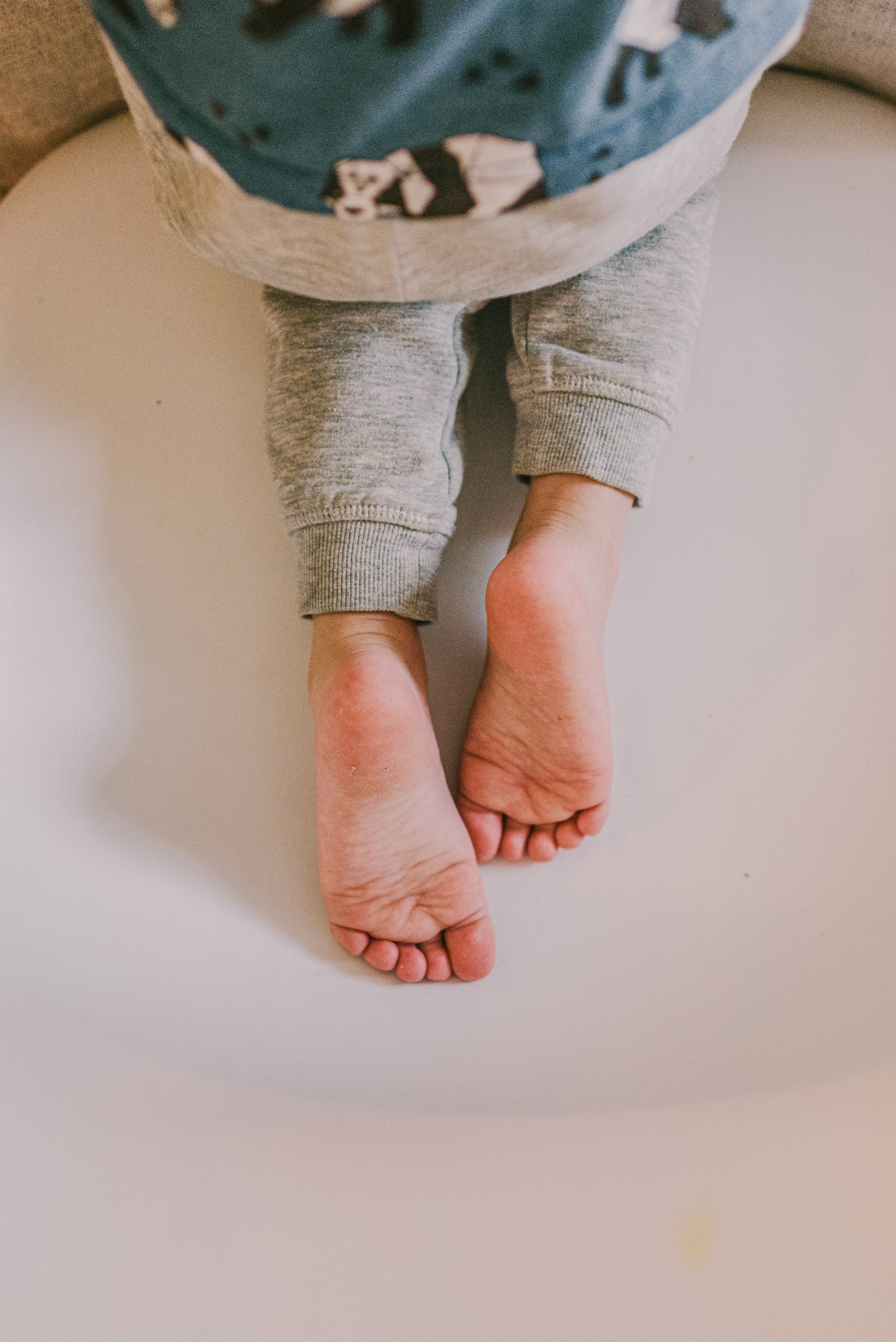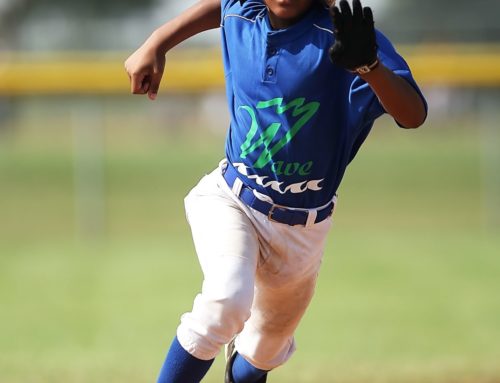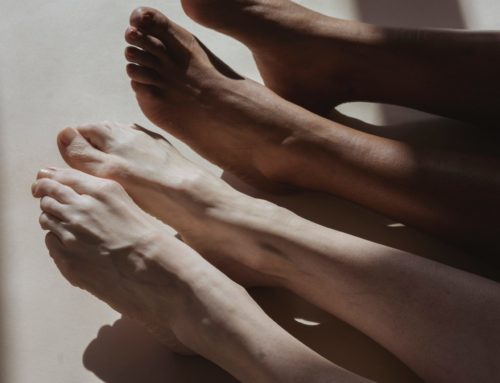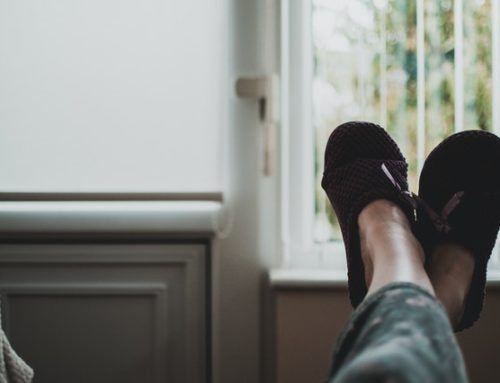Flatfoot is common in both children and adults. When this deformity occurs in children, it is referred to as pediatric flatfoot. Although there are various forms of flatfoot, they all share one characteristic—partial or total collapse of the arch.
Pediatric flatfoot can be classified as symptomatic or asymptomatic. Symptomatic flatfeet exhibit symptoms, such as pain and limitation of activity, while asymptomatic flatfeet show no symptoms. These classifications can assist your podiatrist in determining an appropriate treatment plan.
Symptoms
Flatfoot can be apparent at birth or it may not show up until years later. Most children with flatfoot have no symptoms, but some have one or more of the following symptoms:
- Pain, tenderness or cramping in the foot, leg and knee
- Outward tilting of the heel
- Awkwardness or changes in walking
- Difficulty with shoes
- Reduced energy when participating in physical activities
- Voluntary withdrawal from physical activities
If you believe your child may have flatfoot, getting evaluated early is important. Parents may think they are experiencing temporary “growing pains” or they will “grow out of it” without realizing it could be a foot-related concern. A podiatrist will do an examination to make a recommendation. Early intervention is important!
Conservative Treatment
A podiatrist may select one or more nonsurgical approaches. An over-the-counter orthotic can fit inside the shoe to support the structure of the Pediatric Flatfoot and improve function. The use of orthotics can vary, but are made to assist with flat feet, toe walking, weakness, poor balance, and frequent tripping.
How early is too early? Most children develop arches as they grow, and the legs undergo significant changes in the early years. While development varies among children, your podiatrist may recommend getting an over-the-counter orthotic around the age of 24-30 months. There are many factors to consider and assess with each individual child. For more active children, pain or tenderness may start earlier than children who are more sedentary.
Your foot specialists may recommend starting with an over-the counter orthotic and transition to a custom orthotic to meet the child’s needs.
In addition to orthotics, your podiatrist may recommend physical therapy to help stretch the muscles that are affected.






